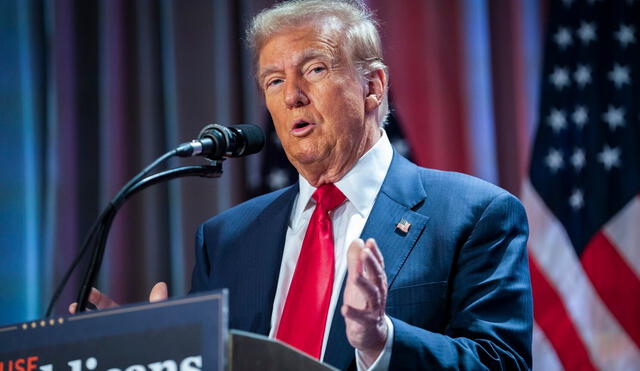President Trump announces 25% tariffs on autos, semiconductors and pharmaceuticals to reshape trade
President Trump has announced a 25% tariff on imports of automobiles, semiconductors, and pharmaceuticals, set to take effect on April 2, 2025, aiming to correct trade imbalances and boost domestic production.

In a significant policy shift, President Donald Trump has unveiled plans to impose a 25% tariff on imports of automobiles, semiconductors and pharmaceuticals, effective April 2, 2025. This move aims to address perceived trade imbalances and encourage domestic manufacturing. The announcement follows recent tariffs on steel, aluminum, and Chinese goods, signaling a broader strategy to recalibrate U.S. trade relationships.

Trump's auto tariff threat could trigger global chaos, critics charge. Photo: NBC News.
Impact on the automotive industry
The automotive sector is poised to be significantly impacted by the new tariffs. Nearly half of all vehicles sold in the U.S. are imported, with major manufacturers relying on global supply chains. Industry analysts predict that the 25% tariff could lead to price increases for consumers and potential shifts in manufacturing strategies. European automakers, in particular, may face challenges, as the tariffs could affect their competitiveness in the U.S. market.
The proposed tariffs have elicited varied reactions from international partners and industry stakeholders. European Union officials are currently in negotiations with Washington, seeking clarity on the scope and potential exemptions of these tariffs. Economists warn that such measures could lead to increased consumer prices and potential retaliatory actions from affected nations, potentially disrupting global supply chains.
Semiconductor and pharmaceutical sectors brace for change
The semiconductor industry, a cornerstone of modern technology, is also under scrutiny. While U.S. companies like Nvidia lead in design, manufacturing has largely been outsourced to countries like Taiwan and South Korea. The tariffs aim to incentivize companies to relocate production to the U.S., but this transition may require substantial investment and time.
Similarly, the pharmaceutical industry, heavily reliant on imports from countries such as Ireland, Germany and India, could experience disruptions. The U.S. imported over $176 billion in pharmaceutical products in 2023, and the new tariffs may lead to increased drug prices and potential shortages if supply chains are not adjusted accordingly.
International responses and domestic implications
Global reactions to the announced tariffs have been swift. European Union trade officials are in discussions with their U.S. counterparts, seeking to negotiate terms and possibly avert a trade dispute. Canada and Mexico, both significant trade partners, have expressed concerns and are evaluating potential responses. China, already engaged in trade tensions with the U.S., may consider additional countermeasures, further escalating global trade dynamics.
Domestically, the tariffs are part of President Trump's broader strategy to bolster American manufacturing and reduce trade deficits. While the administration argues that these measures will create jobs and strengthen the economy, critics caution about potential inflationary effects and the risk of trade wars. Businesses across the affected industries are assessing their supply chains and considering adjustments to mitigate the impact of increased import costs.
As the April 2 implementation date approaches, stakeholders both within the U.S. and internationally are closely monitoring developments. The long-term effects of these tariffs will depend on subsequent negotiations, potential exemptions and the ability of industries to adapt to the evolving trade landscape.













